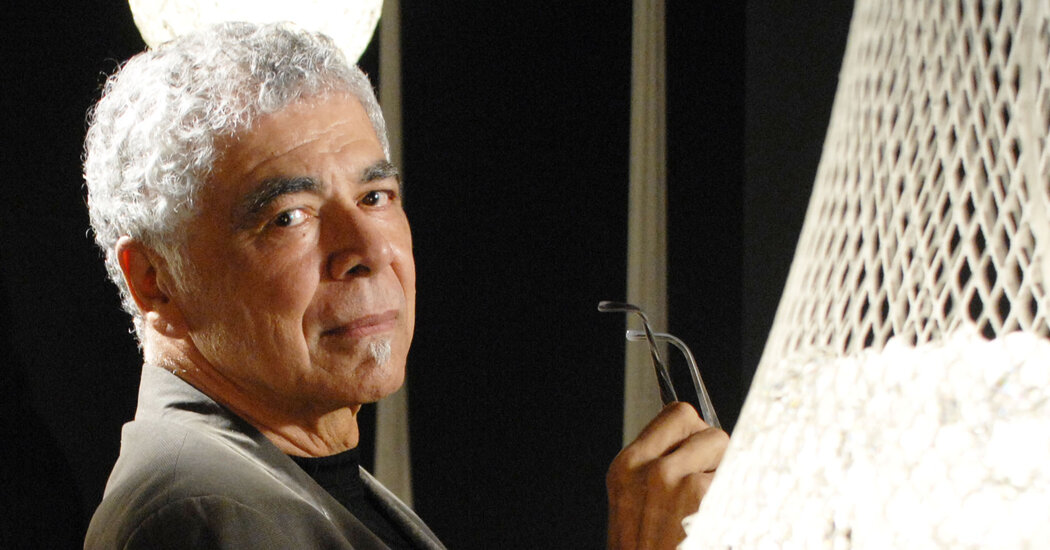The Life and Legacy of Ricardo Merrill Scofidio
Ricardo Merrill Scofidio, born on April 16, 1935, in New York City, was the son of Earle and June (Matthews) Scofidio. He had one sibling, a brother named Basilio. Earle Scofidio, his father, was a jazz musician known for his skills on the alto saxophone and clarinet. Despite his African American heritage, he staunchly identified as Italian until the end of his life. Ricardo reflected on this in a 2003 interview with Arthur Lubow for The New York Times Magazine, revealing that his mother was “light-skinned” and of mixed heritage, stating, “she was actually half Black.”
Growing up, Ricardo faced societal pressures that encouraged him to remain “invisible.” He pursued his education at the Cooper Union School of Architecture and later at Columbia University, where he earned his bachelor’s degree in 1960. In 1965, he began his teaching career at Cooper Union.
In 1955, he married Allana Jeanne Deserio. The couple had four children, but their marriage ended in divorce in 1979. Ricardo was a father to sons Ian, Gino, Marco, and Dana, and he was a proud grandfather to six grandchildren and three great-grandchildren. He lived in Manhattan throughout his life.
Professional Challenges
By the late 1970s, Scofidio was grappling with dissatisfaction, both in his personal life and professional career. He commented on his experiences in practice, mentioning, “I spent more time flying around meeting clients than designing.” This realization led him to the conclusion that significant changes were necessary for him.
Transformation and New Beginnings
The turning point in his life came when Elizabeth Diller enrolled in his architecture studio. He initially maintained a professional distance, honoring the student-teacher dynamic. However, after Diller took a semester off, their relationship blossomed, leading them to cohabitate. Scofidio described this pivotal change as “like shedding skin,” emphasizing the transformation involved in abandoning his previous life to embrace a new path.
Diller + Scofidio: A New Venture
In the initial phases of their partnership, Diller + Scofidio gained recognition for their innovative designs in theatrical backdrops and installation art. One of their notable projects was a 1993 installation in Times Square, featuring a close-up of a woman’s mouth that enticingly beckoned passers-by with playful phrases, such as, “Hey, you, wanna buy a ticket to paradise? Wanna buy a new lifestyle?”
Scofidio’s journey, marked by both personal and professional evolutions, underscores a narrative of resilience and adaptability. His contributions to architecture continue to influence the field and inspire future generations of architects and artists.


